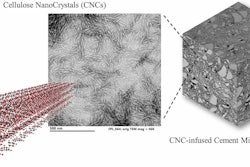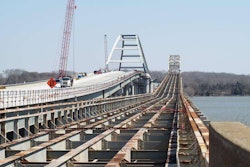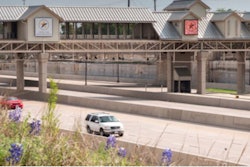Research has shown that half of the deaths of roadway work-zone workers are caused by vehicles intruding into the zone. Addressing the nature of these intrusions is an important step for ensuring a safe work environment for crews.
But few states have had an explicit method for systematically collecting this work-zone intrusion data. That’s why Nichole Morris of the University of Minnesota and Todd Haglin of the Minnesota Department of Transportation have led a safety-based project to complete the Work Zone Intrusion Report Interface Design. It’s an efficient, comprehensive and user-friendly reporting system for intrusions in work zones.
“This work is critical to improving the safety of work zones by taking a data-driven approach to mitigate the contributing factors of intrusions,” explains Morris, the project’s principal investigator. She’s a research scholar for the University’s Center for Transportation Studies and director of the University’s HumanFIRST Laboratory in the Department of Mechanical Engineering, as well as an adjunct professor.
“Collecting this data places the burden on maintenance workers, so we must consider their needs, wants and priorities,” Morris says.
“Above all, the research highlighted the importance of creating a feedback cycle between management and workers to ensure that trust in maintained and workers can see the measurable impacts of their labor in providing data regarding work zone intrusions.”
The process for collecting the data includes documentation of intrusions not deemed a threat to worker safety and also detailed reports for more thorough documentation of serious intrusion events.
Through the creation of an organizational structure and plan regarding the received work zone intrusion data, MnDOT has been working to design this plan around the data, propose policy at the state level, consider current work practices, and communicate to work zone crews how their reporting is having a real impact, the report says.









